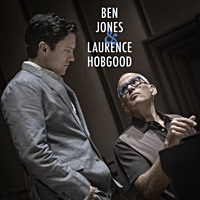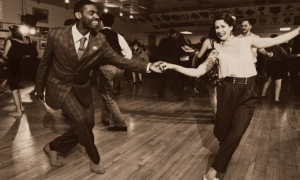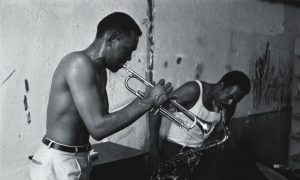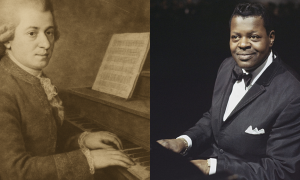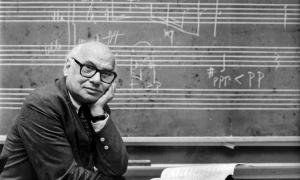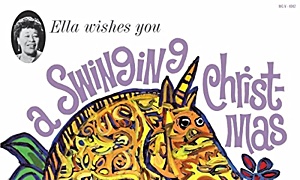Home » Jazz Articles » Opinion » Why Bird Still Lives
Why Bird Still Lives
- harmonic
- technical
- emotive
- rhythmic

So what's the big deal? By now, jazz has been there, done that. But check out Bird's approach to rhythm. Here is where we still have much to learn from Charlie Parker. Bird drew from the legato accenting of Lester Young, developing an approach in which, instead of evenly stressed, behind the beat accents, Bird dared to accent behind the beat, between beats, using articulation and phrasing that were unpredictable and wildly inventive.
Nearly any one of Parker's solos demonstrates the liberties he took with time, but I'd suggest a listen to "Chi Chi", the master take, as a representative example. Here, Bird uses triplet figures, both on upbeats and downbeats, to vary the rhythm. (An eighth note on the third beat of a measure followed by an eighth-note triplet was a common Parker device, and he'd do this on upbeats or downbeats, or anywhere in-between, for that matter).
The subtlety of Parker's accents and displacements has not been picked up by subsequent generations of jazz musicians. Miles, Monk, and Rollins accomplished much through the use of space and silence, but even as complex an improviser as Coltrane started many of his phrases on the downbeat. Dizzy and Bud Powell understood Bird's time, but I contend that fully digesting Bird's unprecedented approach to rhythm is something yet to be done. Charlie Parker still has much to teach us. In short, Bird still lives.
Discuss Charlie Parker and his music on the AAJ Bulletin Board .
Photo Credit
The Bob Parent Archive
Tags
PREVIOUS / NEXT
Support All About Jazz
 All About Jazz has been a pillar of jazz since 1995, championing it as an art form and, more importantly, supporting the musicians who make it. Our enduring commitment has made "AAJ" one of the most culturally important websites of its kind, read by hundreds of thousands of fans, musicians and industry figures every month.
All About Jazz has been a pillar of jazz since 1995, championing it as an art form and, more importantly, supporting the musicians who make it. Our enduring commitment has made "AAJ" one of the most culturally important websites of its kind, read by hundreds of thousands of fans, musicians and industry figures every month.







